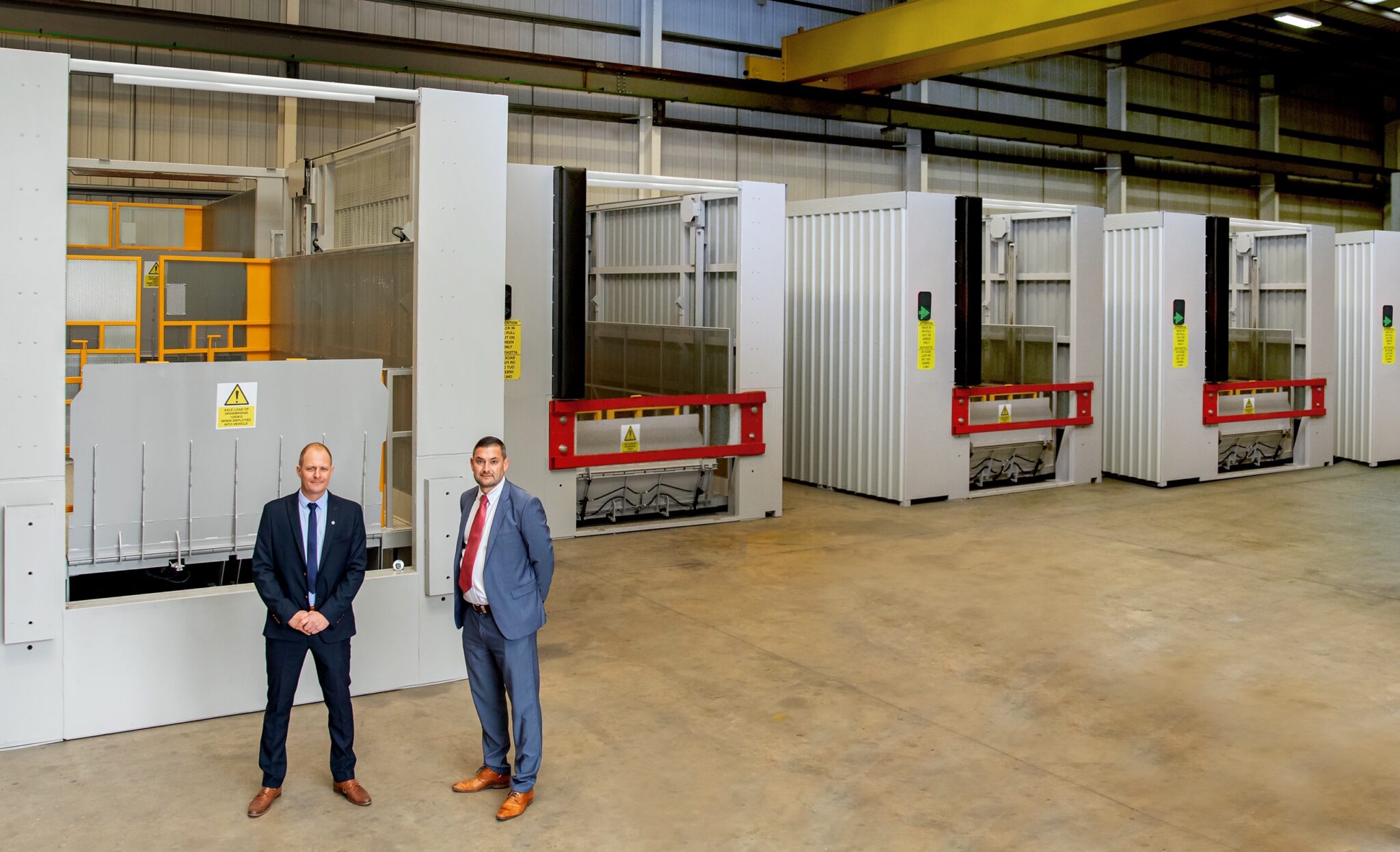‘- Andrew Tavener, Head of Marketing, Descartes
The death of the high street continues. Even as essential stores in most areas reopen and many lockdown measures start to lift, the shift to ecommerce shows no sign of slowing. Fuelled by the somewhat negative experience of social distancing, facemasks and one-way systems, consumers have moved to the online environment, relying on online retailers to get what they need. Already, retailers are reporting significant surges in orders, even those looking to get their Christmas shopping in ahead of time via retailers such as Marks and Spencer. But all too often we hear delivery horror stories of our goods not arriving, being sent to the wrong address, thrown over a back gate somewhere – all having a huge impact on the retailer’s reputation. So with this transition in consumer behaviour and increase in demand, what do ecommerce businesses need to do in order to meet these rising expectations and make sure this Christmas doesn’t turn into a nightmare?
Death of the high street
Consumer behaviour and preference has shifted dramatically during 2020, with businesses such as Amazon setting the bar for customer experience. Consumers don’t need to leave their homes for their shopping needs – convenience now reigns supreme as customers want to receive the items they’ve ordered, where and when they want them.
As such, fulfilment delivery has become the most important differentiator for ecommerce. And for those that rely on third party logistics providers, this is even more crucial, as the responsibility for the last mile is taken out of their hands. Loyalty is vital for all businesses and the impact of a poor delivery experience can significantly alter consumer perception of the brand, potentially causing them to shop elsewhere in the future. The use of technology to optimise delivery efficiency and deliver a positive customer experience has never been more imperative.
Delivery horror stories
Many ecommerce organisations have risen to the challenge that the pandemic has initiated, getting orders reliably out to customers and building a solid supply chain between the warehouse and the customer. But there have also been numerous horror stories of companies that delivered far more tricks than treats to their customers.
When a scanning error caused thousands of parcels to be directed to incorrect addresses this year, not only did this cause serious frustration for customers, but traders that rely on the service were left with demands for refunds from unhappy customers that hadn’t received their packages. Ultimately, the reputation falls to the retailer to deliver, even if it was no fault of theirs. The end result is some retailers may miss out on repeat orders due to the failure of a delivery company.
The high demands placed on supermarkets during the COVID-19 pandemic caused many to feel the strain, with often bizarre results. Toilet rolls substituted for LED bulbs, walnut loaf swapped for frozen octopus – logic seemed to go out of the window when the pressure was at its greatest. But when the pandemic was at its peak and large swathes of the population were forced to shield, incorrect or late deliveries caused upset and chaos for those customers that couldn’t get out to purchase the items they really needed, causing permanent brand damage.
Fulfilment as a competitive weapon
In order for retailers to meet demands and expectations, they must have effective processes in place to ensure products are seamlessly, quickly and accurately delivered once consumers click to purchase. The value of order fulfilment optimisation has become one of the most important factors in achieving this kind of success. For those retailers that aren’t leveraging fulfilment as a competitive weapon and enhancing their workflows with automation technologies, the risk of losing out to the competition is a growing reality.
Research suggests that the pandemic has accelerated the shift away from physical stores to the online environment by approximately five years. This presents a huge opportunity for organisations to capitalise on the shift in consumer behaviour. Delivery companies themselves are also innovating, such as Royal Mail’s recent launch of its parcel pick up service, not just making the most of the rise in online shopping, but meeting customer expectations of convenience. However, in order to do this successfully, operational efficiency is essential.
Smart solutions are a vital element to mitigate the fallout from congestion and higher demand, as well as leverage greater accuracy and visibility. Combining routing and scheduling solutions into a singular package, that can react in real time to events and also adapt to future trends and changes will help businesses improve efficiency and customer satisfaction.
A solution that provides visibility throughout the supply chain, from initial collection to the last mile of home delivery offers the opportunity to maximise operational efficiency. Even for companies using outsourced logistics, integrated telematics and mobile data communications provide increased visibility for the fleet manager and consumer, as they can see, in real-time, exactly where a vehicle is against the plan and route set out by the scheduling software. This added insight allows transport operators to add or amend jobs to avoid disruption, such as traffic, as well as send automatic updates to the customer about any changes to their delivery.
End the nightmare
2020 has been a difficult year, but for consumers, a timely and convenient delivery of a treat or essential item can actually bring positivity into their days, even if they are in lockdown. Retailers must therefore ensure that they have the systems and processes in place to optimise delivery processes, and work with trusted third-party providers to implement solutions to maximise operational efficiency and deliver on their promises to consumers. Without this, retailers run the risk of negative brand perception and lost custom in a time where the battle for sales is more competitive than ever. It’s time to end the nightmare of poor delivery experiences for good.






